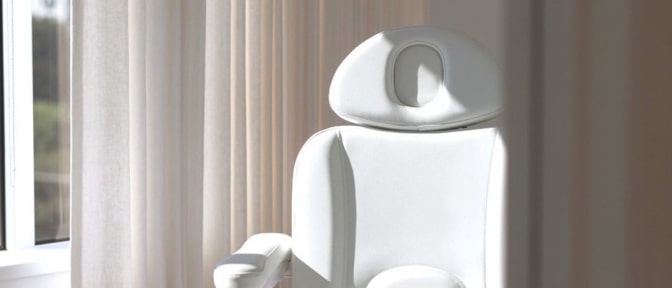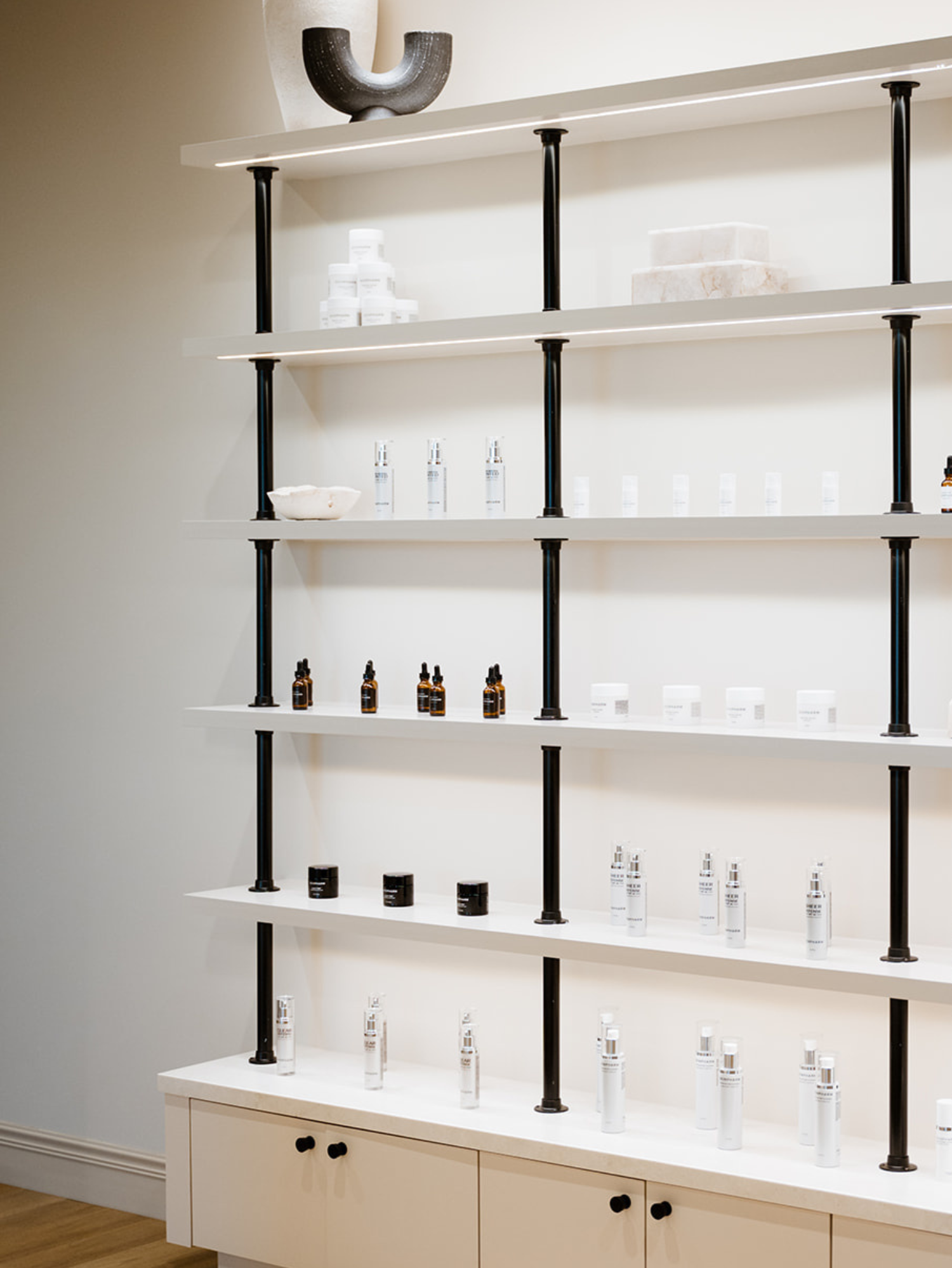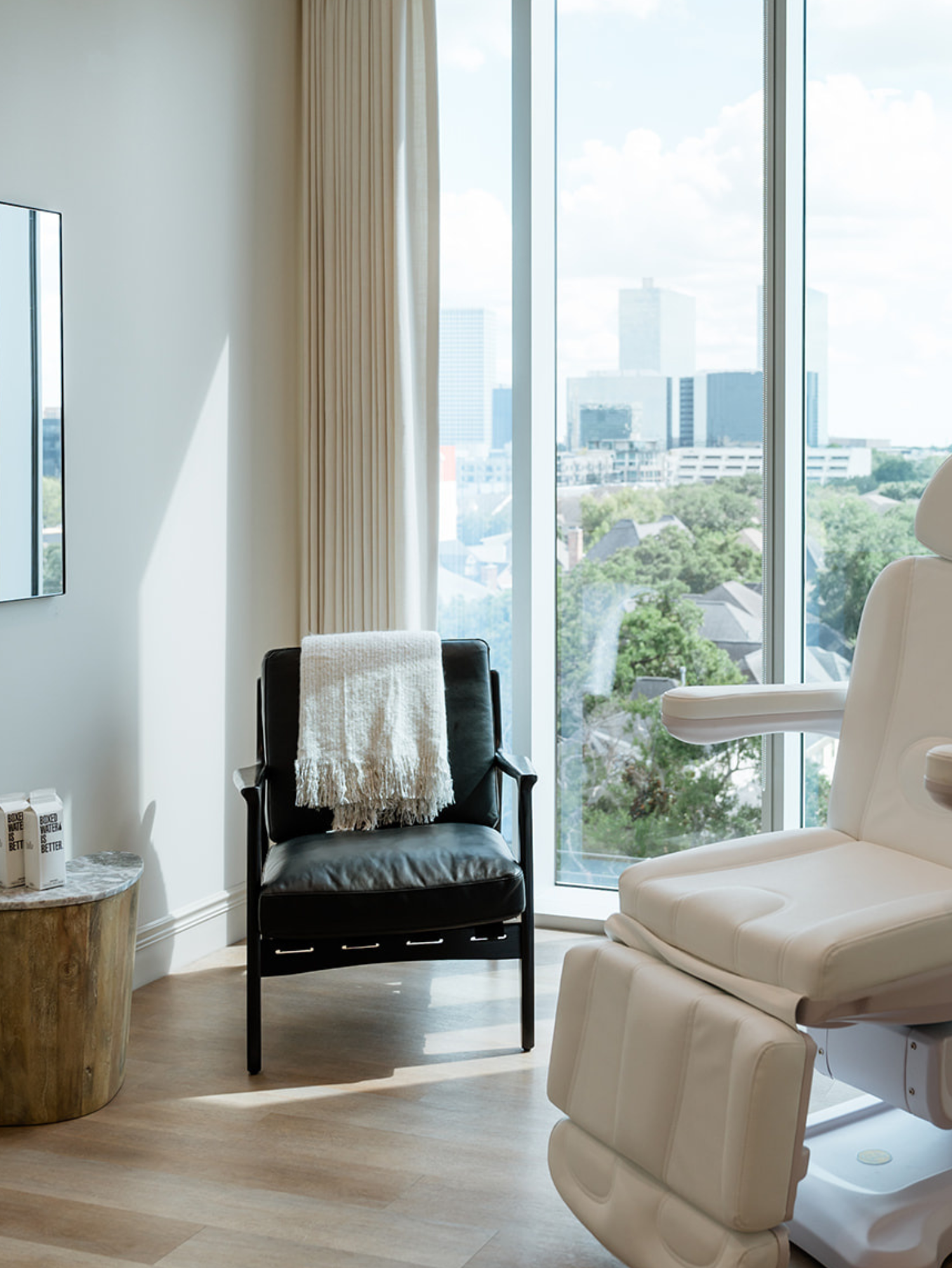Shop skin care
Clinics
VISIT OUR 11 CLINICS →
HOURS
Monday – Friday
9:30a – 5:30p
Summer School 01: How to Spot Hyperpigmentation
by Anna Kate Read June 25, 2024

Whether you’re finding freckles or darker patches of pigment, hyperpigmentation is one of the most common summertime skin conditions.
Different types of hyperpigmentation have different contributing factors, but sun exposure is the common denominator that brings them all to light!
In today’s Summer School lesson, our Atlanta provider and physician assistant Chelsie Rogers explains the three types of hyperpigmentation and shares her recommendations to treat them.
Watch the full episode below or read on for the recap!
What is hyperpigmentation?
Simply put, hyperpigmentation is a common skin condition where patches of the skin appear darker than your skin’s natural color. This may be caused by an increase in melanin production, which is triggered by sun exposure. That’s why we often experience hyperpigmentation during the summer!
Three types of hyperpigmentation
There are three types of hyperpigmentation — melasma, sunspots and post-inflammatory hyperpigmentation.
Melasma
Melasma typically manifests as symmetrical, tan patches on the cheeks, forehead and around the mouth. It’s often associated with a change in hormones, whether that’s related to pregnancy or birth control. Sun exposure definitely increases your risk of developing it.
Since melasma can be triggered by light and heat, it’s a little bit tricker to treat. Moxi is an effective treatment option that targets water within the skin’s cells rather than pigment itself. Chemical peels are great, too — these deeply exfoliate and reveal a more even-toned complexion.
PRESS PLAY: Complexion Class 02: Melasma 101 >
Sunspots
Sunspots are what we refer to as freckles, although they can show up on different parts of your body. They’re caused by UV exposure over time and an overproduction of melanin.
Our BBL photofacial is the best treatment for those who have sunspots. It uses light and heat to target pigmentation in the skin.
PRESS PLAY: Complexion Class 05: A Study on Sunspots >
Post-inflammatory hyperpigmentation
Post-inflammatory hyperpigmentation, or PIH, is typically due to either blemishes from acne or some kind of scarring from injury to the skin.
I love to treat PIH with chemical peels, microneedling or a Gold Infusion to give you that cell turnover and help you produce new skin.
Must-have products to treat and prevent pigment
When it comes to skin care products, there are three must-haves I recommend! First is a mineral sunscreen, like our 100% Mineral Tinted SPF. It’s going to completely block your skin from absorbing any sun.
Next, we have Glow Factor, our vitamin C serum. It helps protect your skin from free radicals and brightens the skin on its own.
Last but not least, we have High Beam. This lightweight moisturizer contains ingredients like arbutin and licorice root, which inhibit melanin production and brighten skin.


















